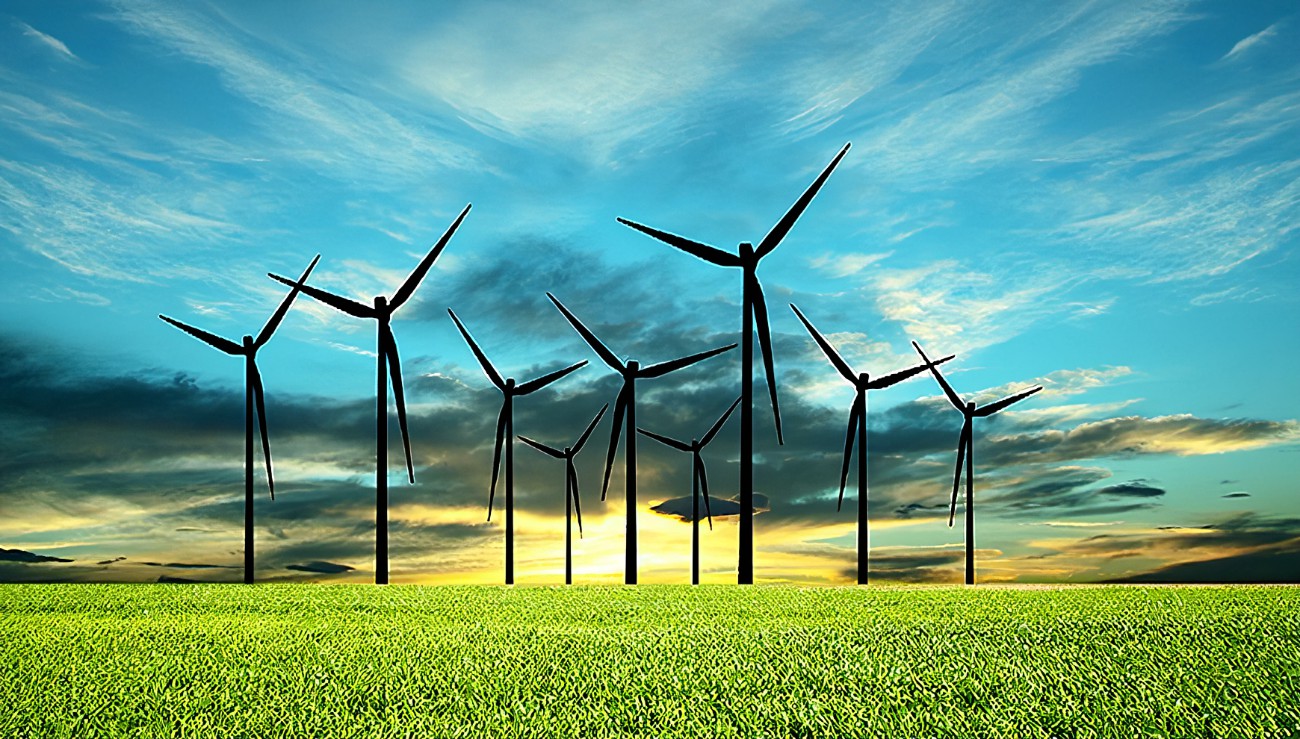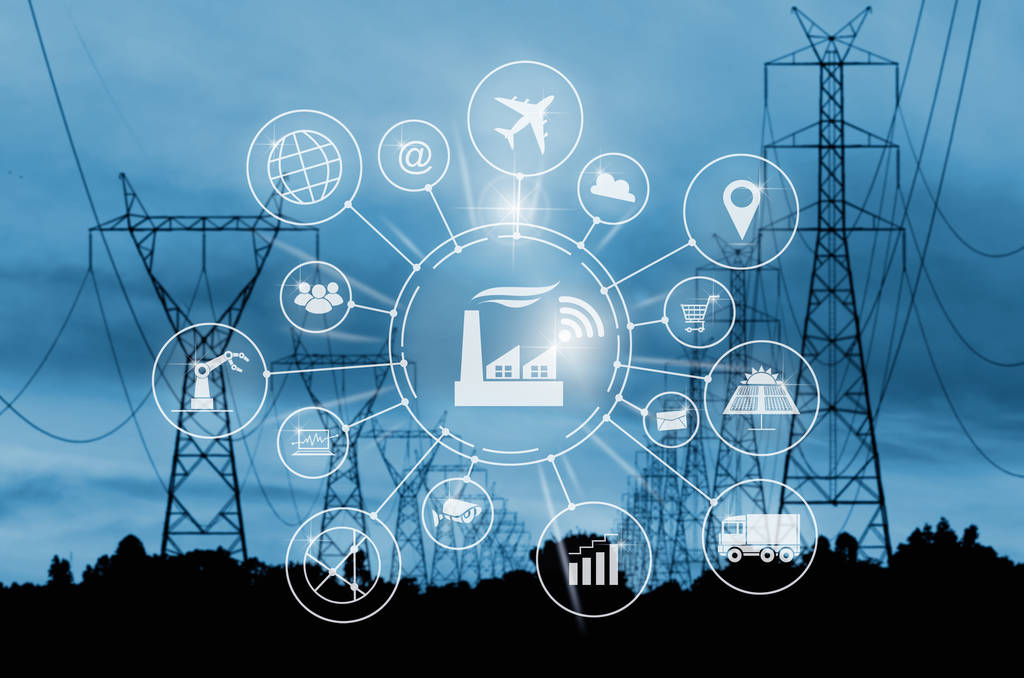
Nov . 23, 2023 16:54 Back to list
The key to energy transformation: energy storage and flexible power generation
The global low-carbon transition is well underway, and as a result, the demand for electricity in countries around the world is expected to significantly increase in the coming years. This is driven by various factors, including the growing adoption of electric vehicles, appliances, heat pumps, and electrified industry, transportation, and agriculture. Additionally, the development of 5G, automation, machine learning, and artificial intelligence is leading to a surge in demand for data, further adding to the need for electricity, especially clean energy.
Statistics demonstrate the scale of this challenge. Between 2010 and 2021, the compound annual growth rate (CAGR) of global electricity supply was 2.53%. Based on plans announced by major countries worldwide, it is projected that global electricity supply could reach 36,370TWh in 2030, with an annual CAGR of 2.86%. Renewable energy power generation is expected to account for 53% of this supply, reaching 66,760TWh by 2050. Furthermore, renewable energy is estimated to make up 83% of the total electricity supply, which is equivalent to three times the amount generated in 2010.

The Asia-Pacific region, led by China, is experiencing particularly rapid growth in power supply. By 2050, the overall electricity supply in the Asia-Pacific region is forecasted to reach 34,079TWh, accounting for 51% of the global total, a significant increase compared to 2010's total of 4.1 times. China alone is expected to contribute 17,589TWh, accounting for 26.3% of the global total. This growth in the power supply is indicative of the region's increasing energy needs as economies expand and electrification becomes more widespread.
One of the key challenges associated with the global energy transition is the intermittent nature of renewable energy sources such as solar and wind. Without grid-scale energy storage, these sources can only provide power intermittently. However, the cost of renewable energy development is expected to continue to decline, making solar and wind energy more economically feasible. Many countries are also supporting investment in renewable energy power generation through policies and legislation. Therefore, as the transition progresses, solar and wind power will gradually increase their share in the global energy mix, at the expense of coal, natural gas, and nuclear power plants that generate electricity continuously.

To address the challenges of the energy transition, a combination of traditional fossil fuels, transitional fuels like natural gas, and renewable energy will be required. In addition to investment in technology, transmission infrastructure, and dispatchable power, there will be an increasing demand for renewable energy in both developed and developing countries. This growth is driven by the decarbonization commitments of various nations and concerns regarding energy independence and security. However, as the share of intermittent renewable energy in the global supply mix increases, particularly in Europe and North America, there may be greater instability in the grid and more volatile prices.
To mitigate this instability, large-scale battery storage and flexible generation will be crucial. These technologies can help stabilize the power system on a daily and seasonal basis by providing backup power during periods of low renewable energy generation. By diversifying the power supply mix and integrating these capabilities, the grid can better ensure a consistent and uninterrupted power supply to consumers at more stable prices. This highlights the importance of investing in energy storage and flexible power generation infrastructure to support the transition to a low-carbon future.
Related products:
Will be removed if infringing
Reference website:https://m.bjx.com.cn/
-
Wireless DC Charging: The Next Frontier in Contactless EV Power Delivery
NewsAug.04,2025
-
Hybrid BMS Energy Controls: Integrating Renewable Energy Sources
NewsAug.04,2025
-
Blockchain for Secure and Decentralized EMS Power Systems
NewsAug.04,2025
-
AI-Driven for Smart Grids: Energy Management System (EMS)
NewsAug.04,2025
-
Advanced Distribution Management System (ADMS) Energy
NewsAug.04,2025
-
5G-Enhanced BMS Energy Savings: Ultra-Low Latency Control
NewsAug.04,2025























